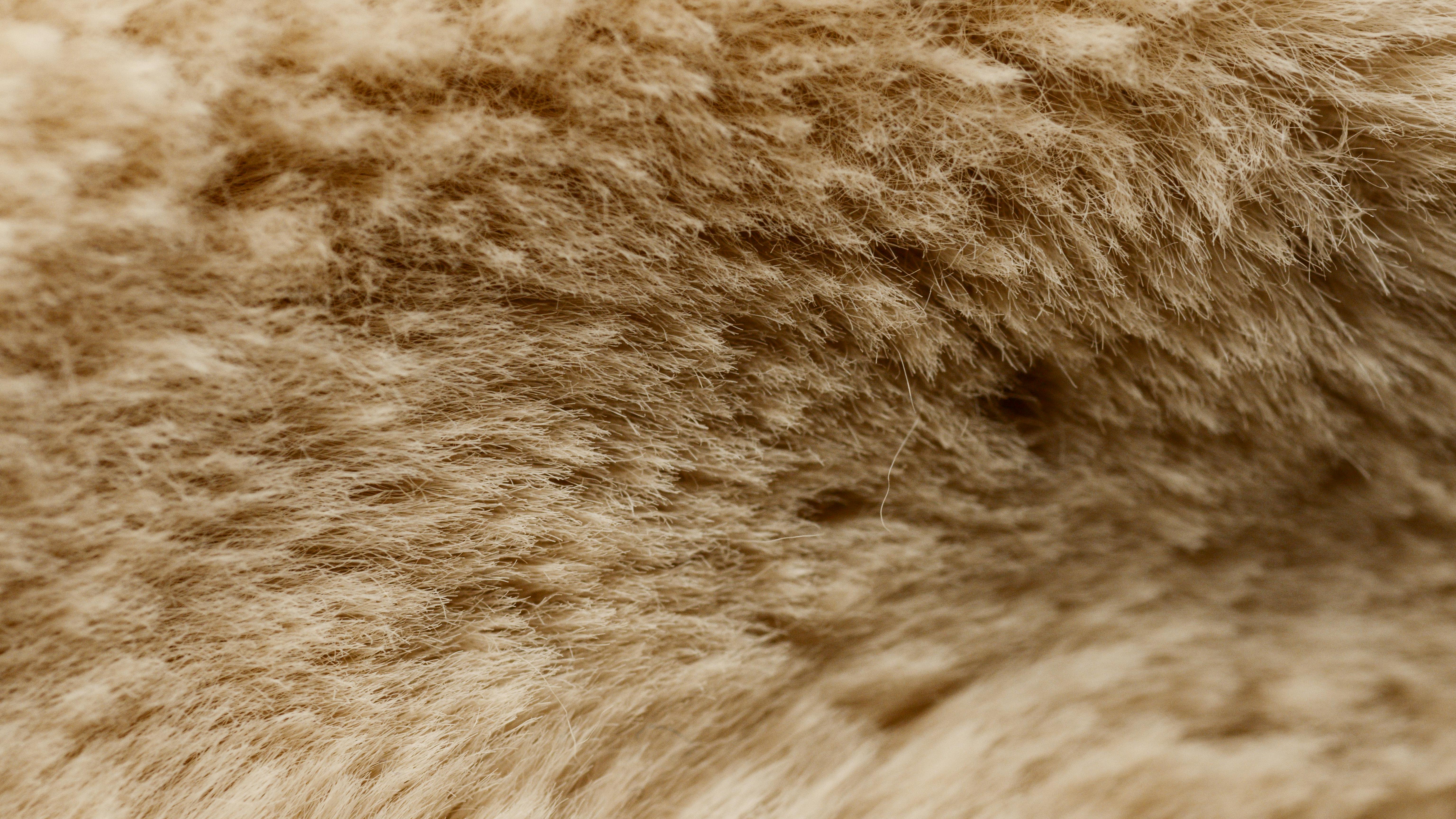
About the project
The term cascading of wood based products has recently gained a lot of attention in European Union (EU) in research groups as well as in politics. The aim is to use waste wood to create new products repeatedly until it can no longer be used. In theory this should reduce the ornamental impact (currently most waste wood gets burned for energy) and also increase the life expectancy of wood from an estimate of 50 years to possibly 100 years or more.
The potential of reusing waste wood can be seen by EU policy makers tightening the regulations on disposal and use of waste wood; they are discouraging the disposal of waste wood due to space constraints in landfills and the emission of methane associated with burning waste wood.
Slovenian waste wood accumulation sites are actively storing waste wood spanning across the entire country but not a lot of waste wood actually gets accumulated. In a recent European project, we tackled the problem of optimizing the reverse logistics network of waste wood by computing the optimal position of sorting and decontamination centres in Slovenia, Austria and Germany. The model showed that a successful implementation of a reverse logistics network could be made profitable. Unfortunately, the waste wood stored at accumulation sites has a very low potential for reuse mostly due to improper storage (stored outside, exposed to all weather conditions).
The aim of project RecAPPture is to follow up on the previous results obtained from the CaReWood project and to focus more on micro level data collection and optimization instead. Within the scope of the project, an application will be developed that will allow anonymous users to upload a photograph and location data of waste wood that they would normally would have to transport to an accumulation centre or pay for transport by a third party. Through the application, a database of smaller accumulation sites is created coupled with their location. The data is then used as input to the modified logistics optimization model (mixed integer-linear program) that optimizes the routing of pickup trucks that would transport the waste wood. The application will help the company M SORA to accumulate waste wood with the required size and desired quality (photograph) and minimal cost (Optimization model). The InnoRenew CoE will be aiding the development of the optimization model by offering domain specific knowledge in estimating all parameters needed. The parameters include the estimated quality of waste wood, an estimated percentage of potentially recyclable waste wood, the share of contaminated wood, decontamination cost, transportation cost, sorting cost and profitability.
Project activities
- Designing the system architecture and workflow of the mobile application;
- Implementation of the mobile app for Android;
- Setting up and configuring a webserver as a communication relay between the mobile app and the administrative application used by M SORA;
- Functional specification of both applications (web and Android);
- Implementation of a communication two-way protocol used to link the web application to the optimization model;
- Field testing the entire system.
Project partners
6 students:
- 3 undergraduate Computer Science students from UP FAMNIT;
- 1 masters student of Computer Science from UP FAMNIT;
- 1 masters student of Sustainable Built Environments from UP FAMNIT;
- 1 undergraduate student of Industrial design from UL Academy of Fine Arts and Design.
2 industry mentors:
- Aleksandar Tošić (InnoRenew CoE);
- Aleš Dolenc (M SORA d.d.).
2 pedagogical mentors:
- Dr Jernej Vičič (UP FAMNIT);
- Dr Andreja Kutnar (UP FAMNIT).



